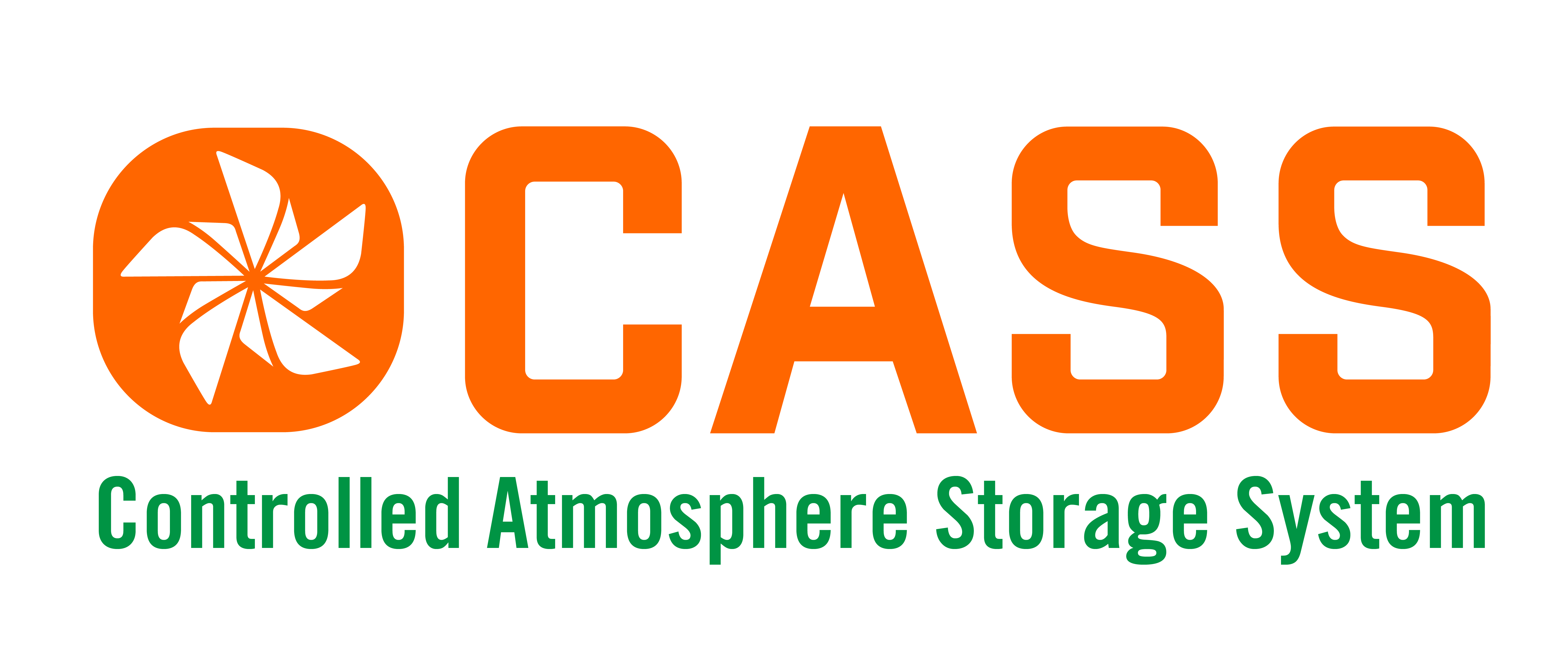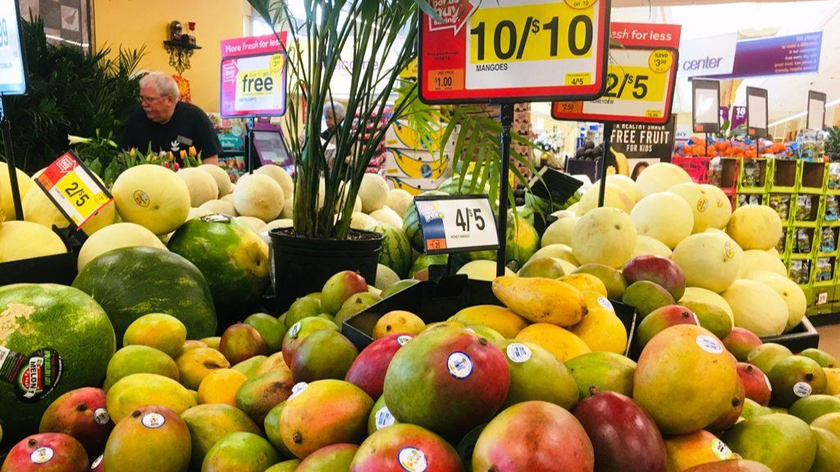Amid ongoing global market uncertainties—ranging from inflation, geopolitical tensions to rising technical barriers—Vietnam’s agricultural sector has continued to record impressive export performance. According to the Ministry of Agriculture and Rural Development, the total export value of agriculture, forestry, and fisheries in the first four months of 2025 reached over USD 19.06 billion, a 17.6% increase compared to the same period in 2024. Of this, key agricultural products contributed USD 10.8 billion, making a 25.7% year-on-year growth—an outstanding achievement, especially as other export sectors have seen slowdowns.

Leading the way is rice, with an export turnover of over USD 1.6 billion, nearly 40% higher than the same period last year. This surge is driven by expanding market access and stable high prices—averaging USD 656 per ton. Fruits and vegetables continue to shine, with an estimated export value of nearly USD 1.5 billion, indicating growing international demand for fresh, safe, and traceable produce.
More importantly, quality, standards compliance, and post-harvest preservation capacity are now the deciding factors in maintaining market share and competitive advantage. In this context, advanced preservation models like CASS – Controlled Atmosphere Storage System for Fresh Produce have emerged as vital links in the agricultural export value chain.
Controlled Atmosphere (CA) technology allows precise adjustment of oxygen, CO₂, and temperature levels within storage environments. This significantly extends shelf life while preserving the product’s visual appeal, crispness, and nutritional content. As a result, the produce not only meets the strict sensory requirements of end consumers but also complies with technical standards from premium markets such as the EU, Japan, and the United States.

Beyond preservation, the CASS model functions as a strategic ecosystem connecting farmers, cooperatives, and exporters. Located near major agricultural production areas, CASS helps reduce post-harvest loss, lower logistics costs, and improve the global competitiveness of Vietnamese agricultural products.
The export success of rice and fruit also reflects the return on investment in post-harvest processing. Previously, post-harvest losses in Vietnam’s agricultural sector could reach 20–30%, causing substantial economic damage. The application of CA technology has helped reduce this to below 5–10%, enabling Vietnamese products to confidently enter demanding markets where shelf life and product quality are paramount.
However, to maintain this growth trajectory, Vietnam’s agriculture sector must continue investing in a closed-loop value chain, particularly in preservation and cold-chain logistics. CASS stands out as a practical, high-tech model that can be replicated across production regions nationwide.
Moreover, stronger coordination between policymakers, businesses, research institutes, and farmers is essential to mainstream the adoption of modern preservation technology—not just as a pioneering option, but as a new standard for the entire industry.
In short, amidst global competition, Vietnamese agriculture is proving its resilience through timely and strategic transformation. And models like CASS are quietly but powerfully enabling this progress—helping Vietnam’s agricultural sector rise, expand, and shine on the global stage.
Source: Nông nghiệp & Môi trường (Vietnam Agriculture & Environment), May 6, 2025 –
“Vietnam’s Agricultural Products Play Key Role in Exports During First Four Months of the Year”
Read the full article (Vietnamese)
——
CÔNG TY TNHH BẢO QUẢN RAU QUẢ CASSS
• Hotline: 0931790829 – 0931780829
• Email: cass@cass.vn
• Website: cass.vn
• Địa chỉ: Lô F5, Đường số 6, KCN Hoà Bình Xã Nhị Thành Huyện Thủ Thừa Tỉnh Long An.




